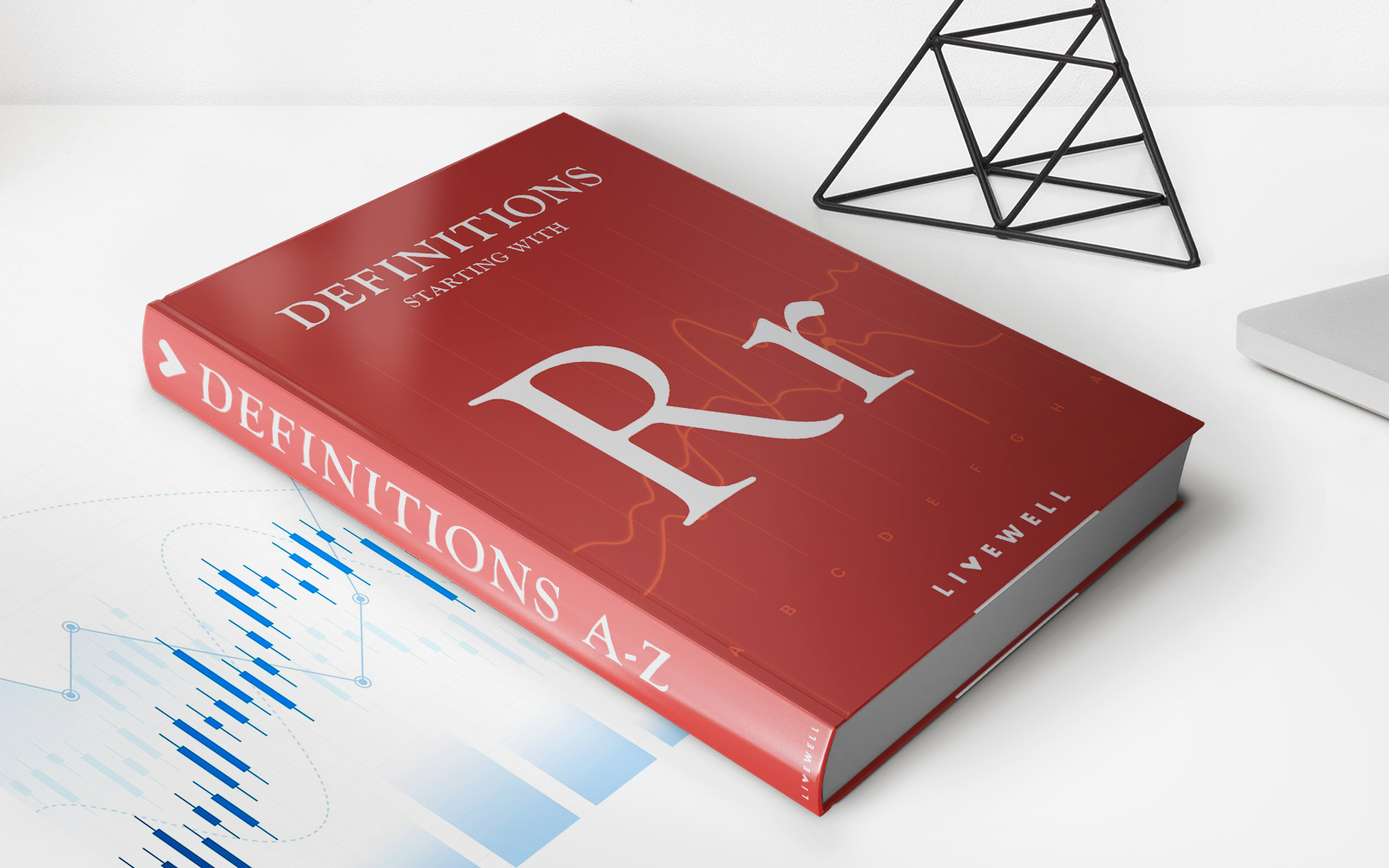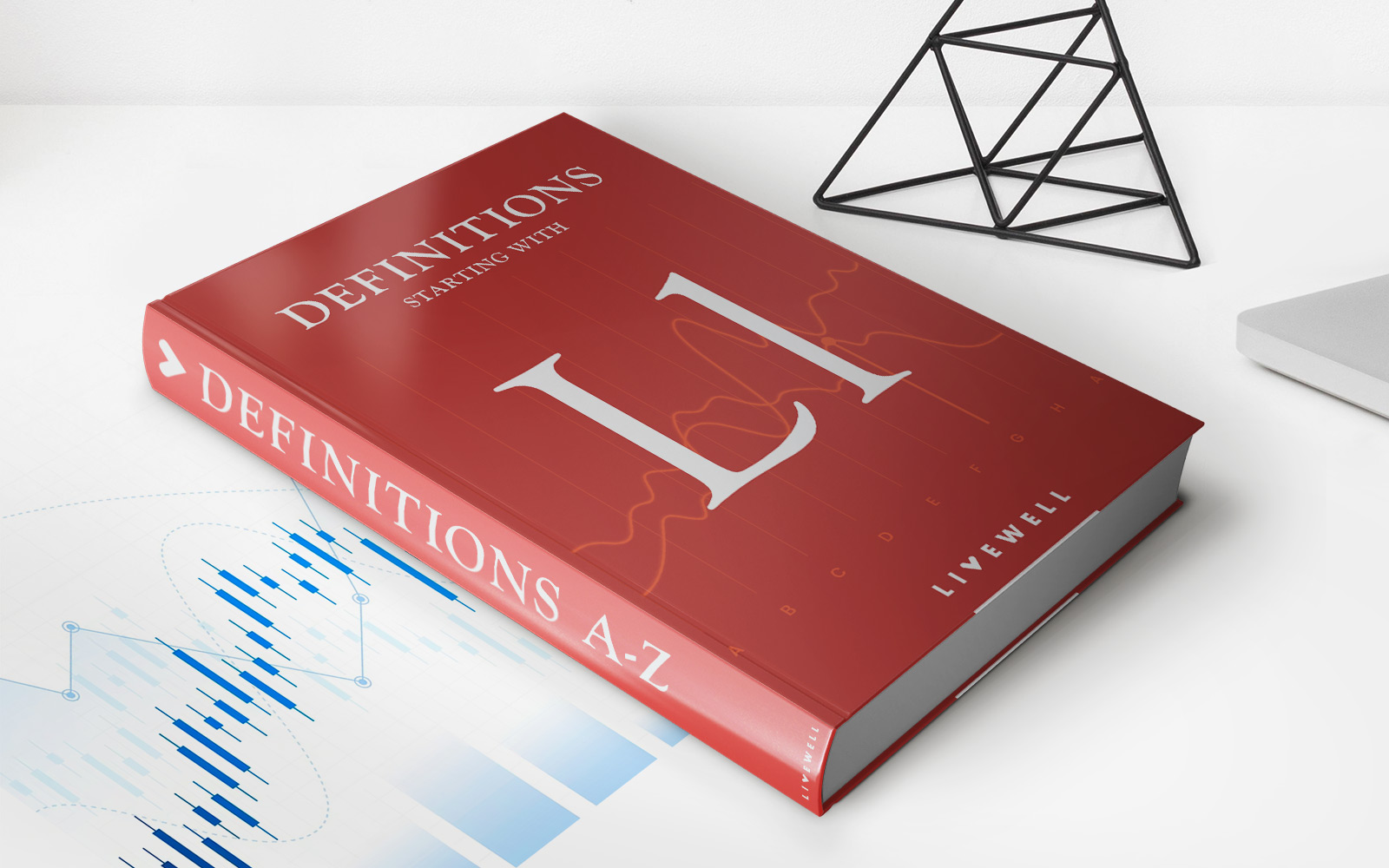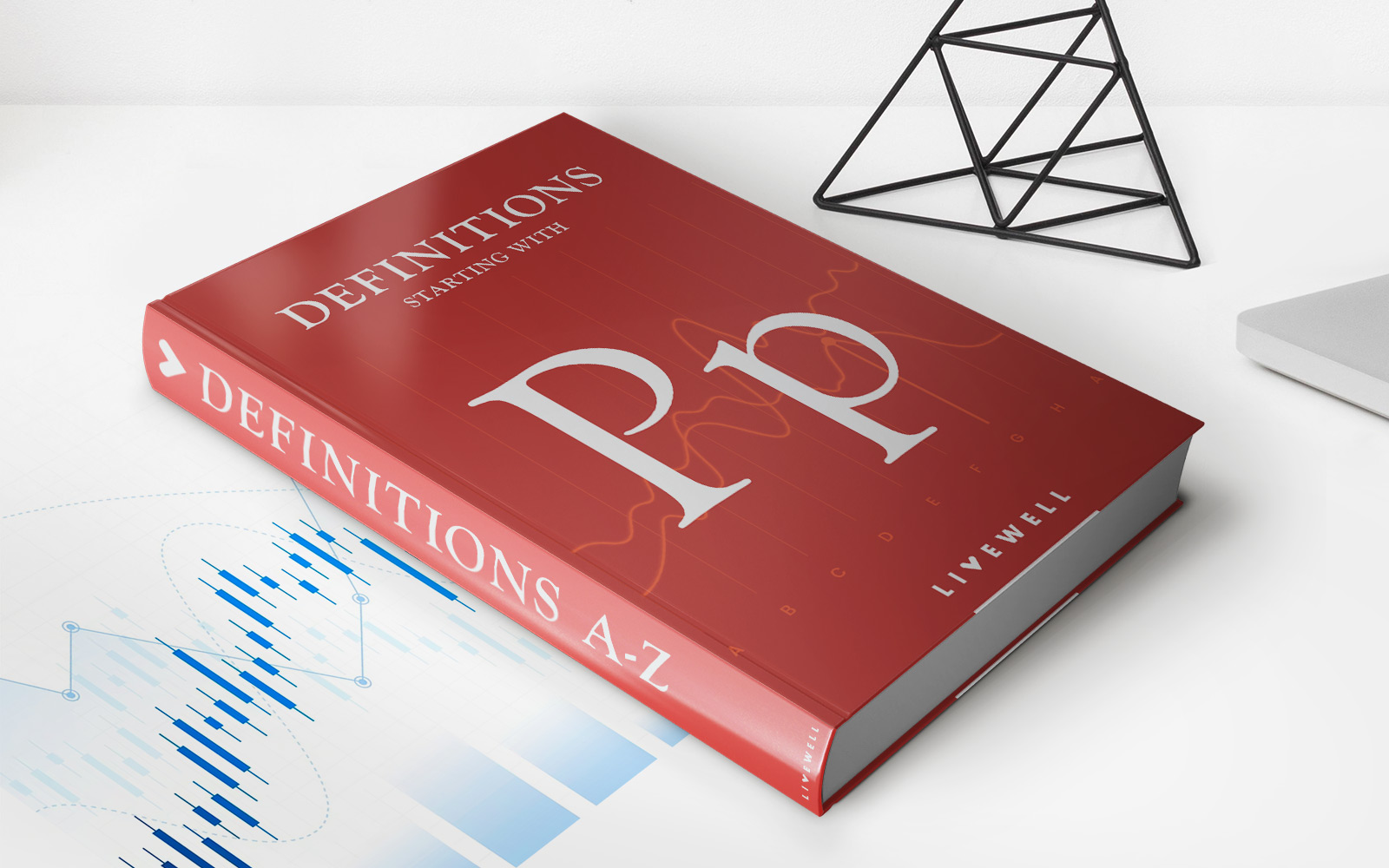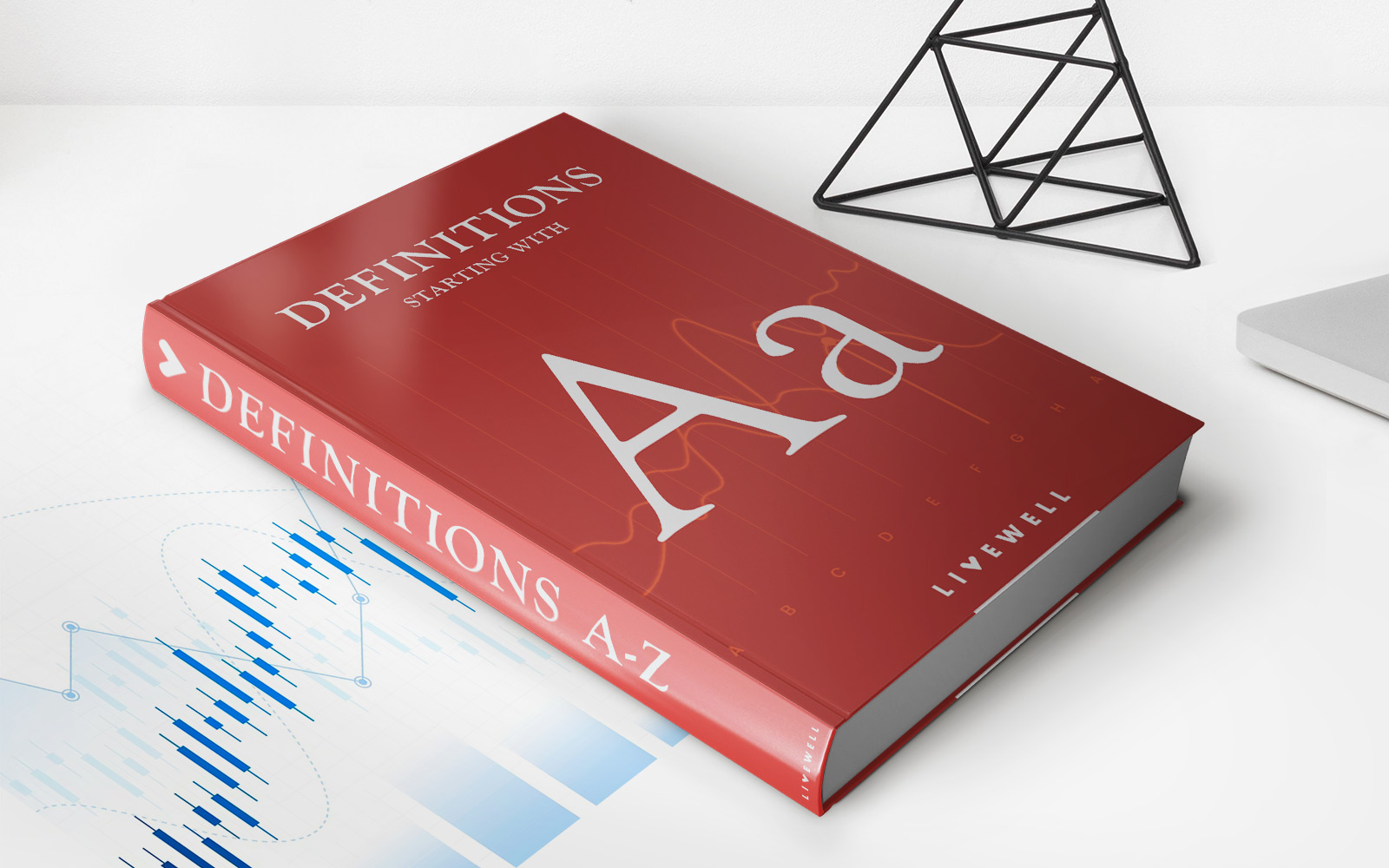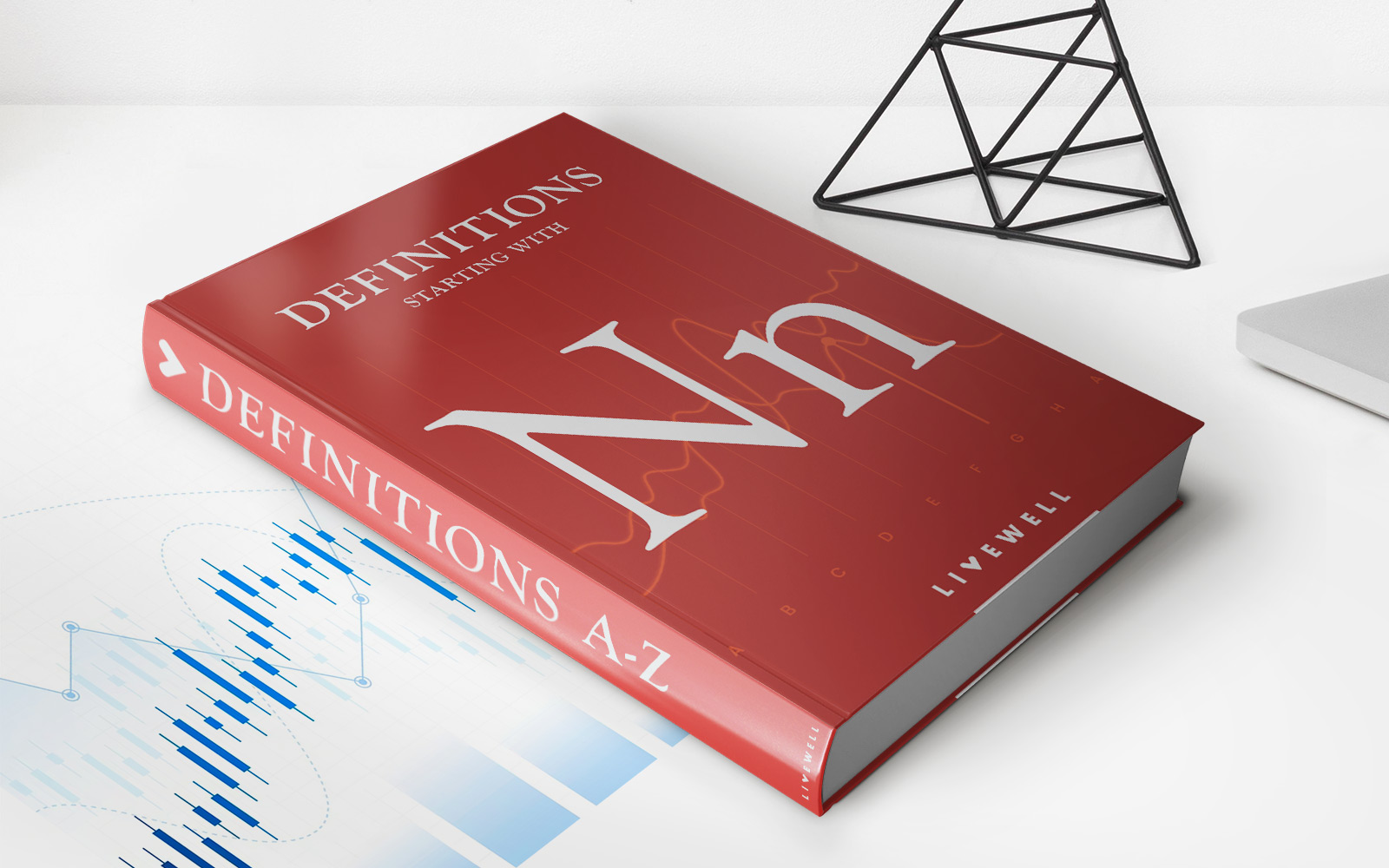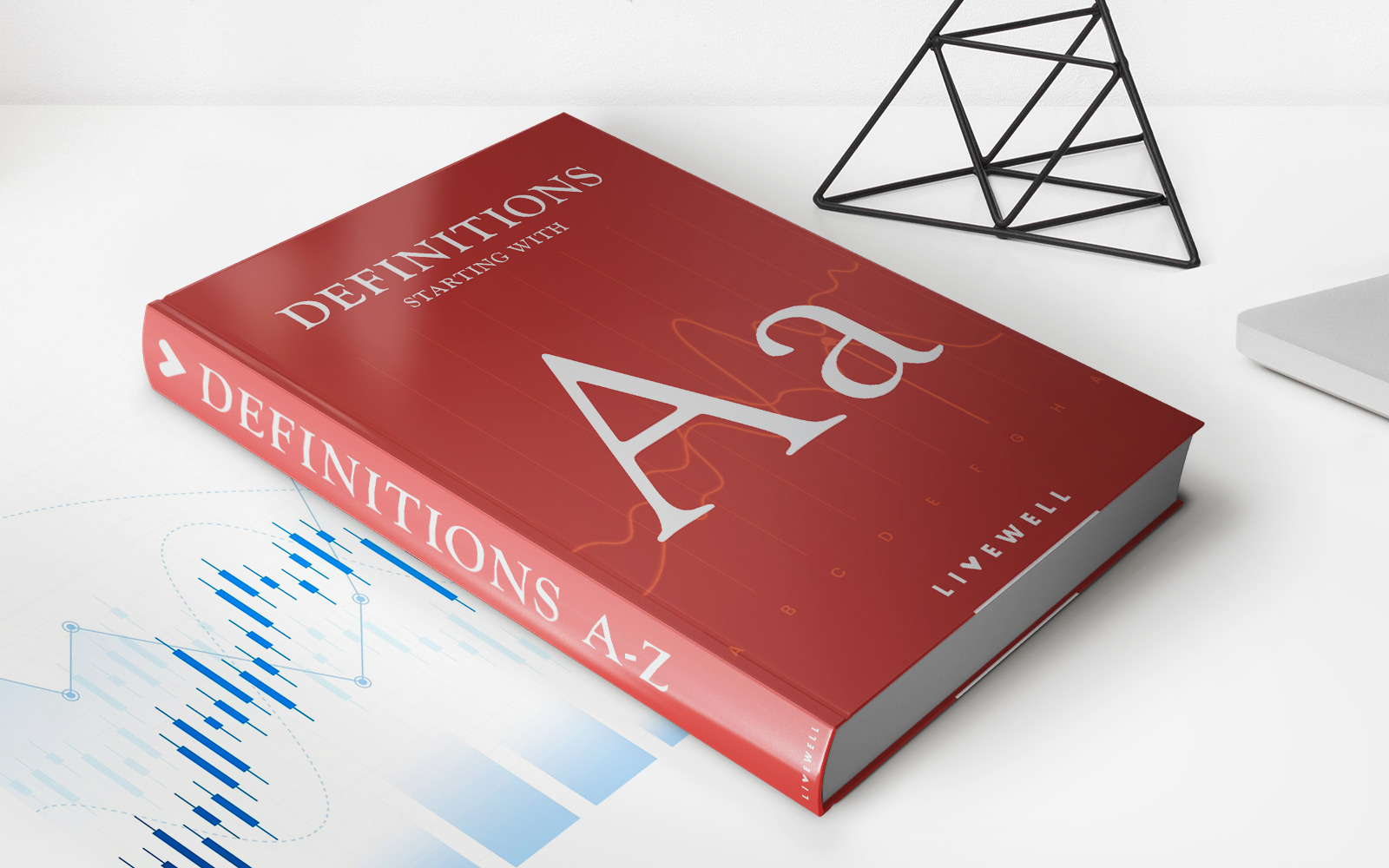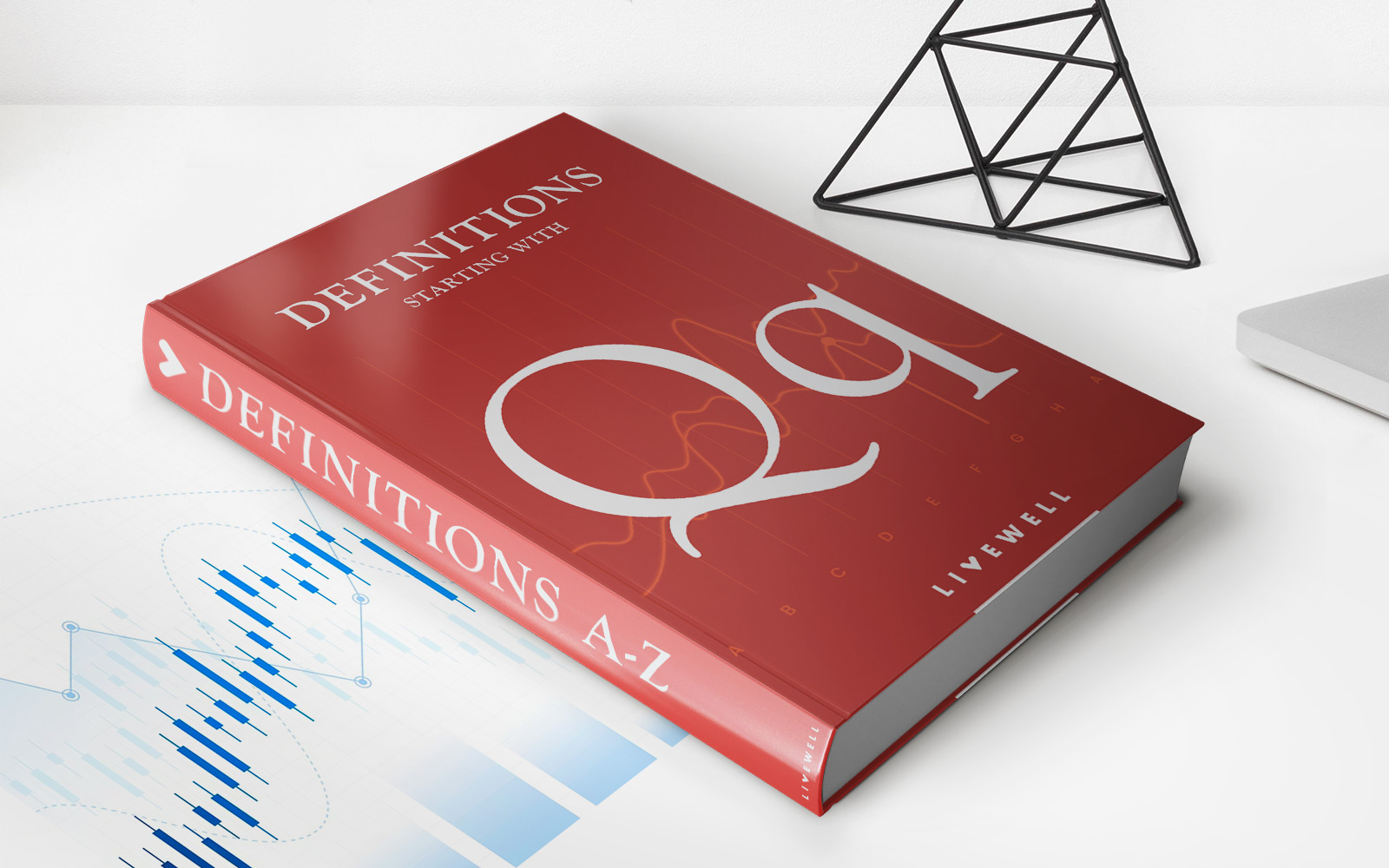Home>Finance>Loss And Loss-Adjustment Reserves To Policyholders’ Surplus Ratio Definition
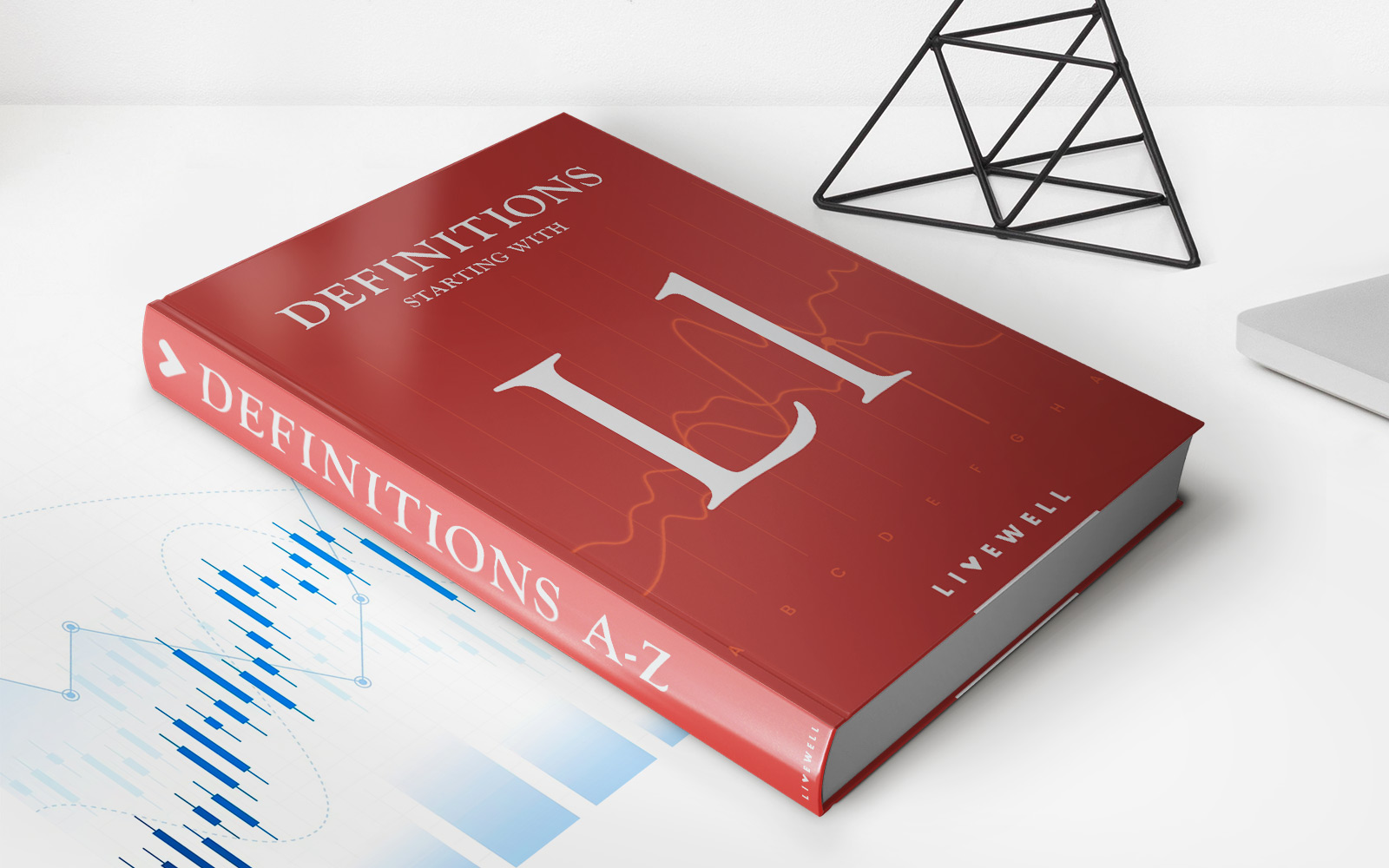

Finance
Loss And Loss-Adjustment Reserves To Policyholders’ Surplus Ratio Definition
Published: December 20, 2023
Discover the definition of Loss And Loss-Adjustment Reserves To Policyholders' Surplus Ratio in the field of finance
(Many of the links in this article redirect to a specific reviewed product. Your purchase of these products through affiliate links helps to generate commission for LiveWell, at no extra cost. Learn more)
Understanding Loss And Loss-Adjustment Reserves To Policyholders’ Surplus Ratio
Welcome to our FINANCE category, where we cover various topics related to financial management, investments, and insurance. In today’s post, we will delve into the world of insurance and discuss an important metric known as the Loss And Loss-Adjustment Reserves To Policyholders’ Surplus Ratio. If you’ve ever wondered how insurers measure their ability to handle potential losses, you’re in the right place. Let’s dive in!
Key Takeaways:
- The Loss And Loss-Adjustment Reserves To Policyholders’ Surplus Ratio measures an insurance company’s financial strength and ability to handle potential losses.
- The ratio is calculated by dividing the sum of loss reserves and loss-adjustment reserves by the policyholders’ surplus.
Before we dive into the details, let’s answer a fundamental question:
What is the Loss And Loss-Adjustment Reserves To Policyholders’ Surplus Ratio?
The Loss And Loss-Adjustment Reserves To Policyholders’ Surplus Ratio is an important metric used in the insurance industry to evaluate an insurer’s financial stability and ability to handle losses. This ratio measures the relationship between the reserves set aside for potential losses and the surplus available to policyholders.
To put it simply, the ratio tells us how well an insurance company can absorb potential losses without jeopardizing its ability to meet its financial obligations to policyholders. A higher ratio indicates that the insurer has a sufficient surplus to cover potential claims, while a lower ratio may imply a higher level of risk for the company.
Calculating the Loss And Loss-Adjustment Reserves To Policyholders’ Surplus Ratio:
To calculate the Loss And Loss-Adjustment Reserves To Policyholders’ Surplus Ratio, we need two key components:
- Loss Reserves: These are funds set aside by insurers to cover expected losses on policies. They represent an estimate of future payments that will be required to settle claims.
- Loss-Adjustment Reserves: These reserves are specifically allocated to handle the cost of adjusting claims. They cover expenses such as investigation, evaluation, and settlement of claims.
Once we have the loss reserves and loss-adjustment reserves, we can calculate the ratio by dividing their sum by the policyholders’ surplus. The policyholders’ surplus represents the excess of assets over liabilities and serves as a financial cushion for the insurer.
Why is the Loss And Loss-Adjustment Reserves To Policyholders’ Surplus Ratio Important?
The Loss And Loss-Adjustment Reserves To Policyholders’ Surplus Ratio is crucial for several reasons:
- Financial Stability: The ratio provides insight into an insurance company’s financial stability and its ability to withstand unexpected losses. A higher ratio indicates a stronger financial position, reducing the likelihood of financial distress.
- Risk Assessment: The ratio helps assess the level of risk associated with an insurer. A lower ratio may imply that the company is not adequately provisioning for potential losses and may be at higher risk of insolvency.
In summary, the Loss And Loss-Adjustment Reserves To Policyholders’ Surplus Ratio is a vital tool used by insurance companies, regulators, and investors to evaluate an insurer’s financial health and ability to handle unexpected losses. By analyzing this ratio, stakeholders can make more informed decisions about the stability and reliability of an insurance company.
We hope this post has provided you with a clear understanding of the Loss And Loss-Adjustment Reserves To Policyholders’ Surplus Ratio. If you have any further questions or would like to explore other financial topics, browse through our FINANCE category.
